REGEN TOOLKIT







A toolkit that reframes waste as useful and provides ideas for change.
Regen Toolkits 2022
Edited
Published by Victoria University
These toolkits are based on work in collaboration with these people:
Victoria University
Associate Professor Debra Smith, Associate Professor Alison Baker, Karen Jackson, Dr Amy Quayle, Dr Daniel Ooi, Dr Jean Hopman, Laura Main, Dr Jora Broerse, Jaime Cuellar Sarmiento, Megan O'Shea, Thomas Denning & Ella White
Bec Scott, Fiona Meighan & Kate Barrelle
Footscray High School The Farm Jak Dunstan
Toolkit authors:
Regen Toolkit 01
Content: Associate Professor Alison Baker (VU), Dr Jean Hopman (VU), Dr Amy Quayle (VU)
Graphic Design: Associate Professor Alison Baker, Dr Jean Hopman, Dr Amy Quayle
Suggested reference: Baker, A, Hopman, J & Quayle, A (2022) Regenerative City Syllabus In A Baker, J Hopman & A Quayle (Eds), Regen Toolkit (01) Victoria University
Regen Toolkit 02
Content: Associate Professor Ali Baker
Graphic design: Associate Professor Ali Baker
Suggested reference: Baker, A (2022) Stories of Place, Stories of Us In A Baker, J Hopman & A Quayle (Eds), Regen Toolkit (02) Victoria University
Regen Toolkit 03
Content: Dr Jean Hopman (VU), with Fiona Meighan (STREAT)
Graphic design: Dr Jean Hopman
Suggested reference: Hopman, J with Meighan, F (2022) Regreening Campus In A Baker, J Hopman & A Quayle (Eds), Regen Toolkit (03) Victoria University
Regen Toolkit 04
Content: Fiona Meighan, with Dr Jean Hopman
Graphic design: Ella White (VU)
Suggested reference: Meighan, F with Hopman, J (2022) Waste as a Resource In A Baker, J Hopman & A Quayle (Eds), Regen Toolkit (04) Victoria University
Regen Toolkit 05
Content: Dr Amy Quayle & Associate Professor Ali Baker (VU)
Graphic design: Dr Amy Quayle
Suggested reference: Quayle, A & Baker, A (2022) Community Based Research In A Baker, J Hopman & A Quayle (Eds), Regen Toolkit (05) Victoria University
Regen Toolkit 06
Content: Thomas Denning (VU)
Graphic design: Thomas Denning
Suggested reference: Denning, T (2022) Social Media for Action In A Baker, J Hopman & A Quayle (Eds), Regen Toolkit (06) Victoria University
by Associate Professor Alison Baker, Dr Jean Hopman & Dr Amy Quayle
Victoria University (VU) acknowledges, honours, recognises and respects the Ancestors, Elders and families of the Boonwurrung, Woiwurrung (Wurundjeri) and Wadawurrung (Wathaurung) people of the Kulin Nation on our Melbourne Campuses. These groups are the custodians of University land and have been for many centuries.
It is important that staff, students and visitors understand and respect the significance of recognising the traditional owners of University land. This is important because ‘White Australia has a Black History’ and Aboriginal people had a sophisticated set of laws and governance arrangements for many thousands of years before being invaded by the British. There were 500 language groups in Australia and each language group had and has a deep spiritual and physical connection to Country
Country takes in everything within the landscape landforms, waters, air, trees, rocks, plants, animals, foods, medicines, minerals, stories and special places. People have custodial responsibilities to care for their Country, to ensure that it continues in proper order and provides physical sustenance and spiritual nourishment. These custodial relationships may determine who can speak for particular Country.
(VU Acknowledgement of Country)This toolkit focuses on the core theme of reframing waste as a resource and should be read in conjunction with the other toolkits featured in the diagram below
This toolkit shares:
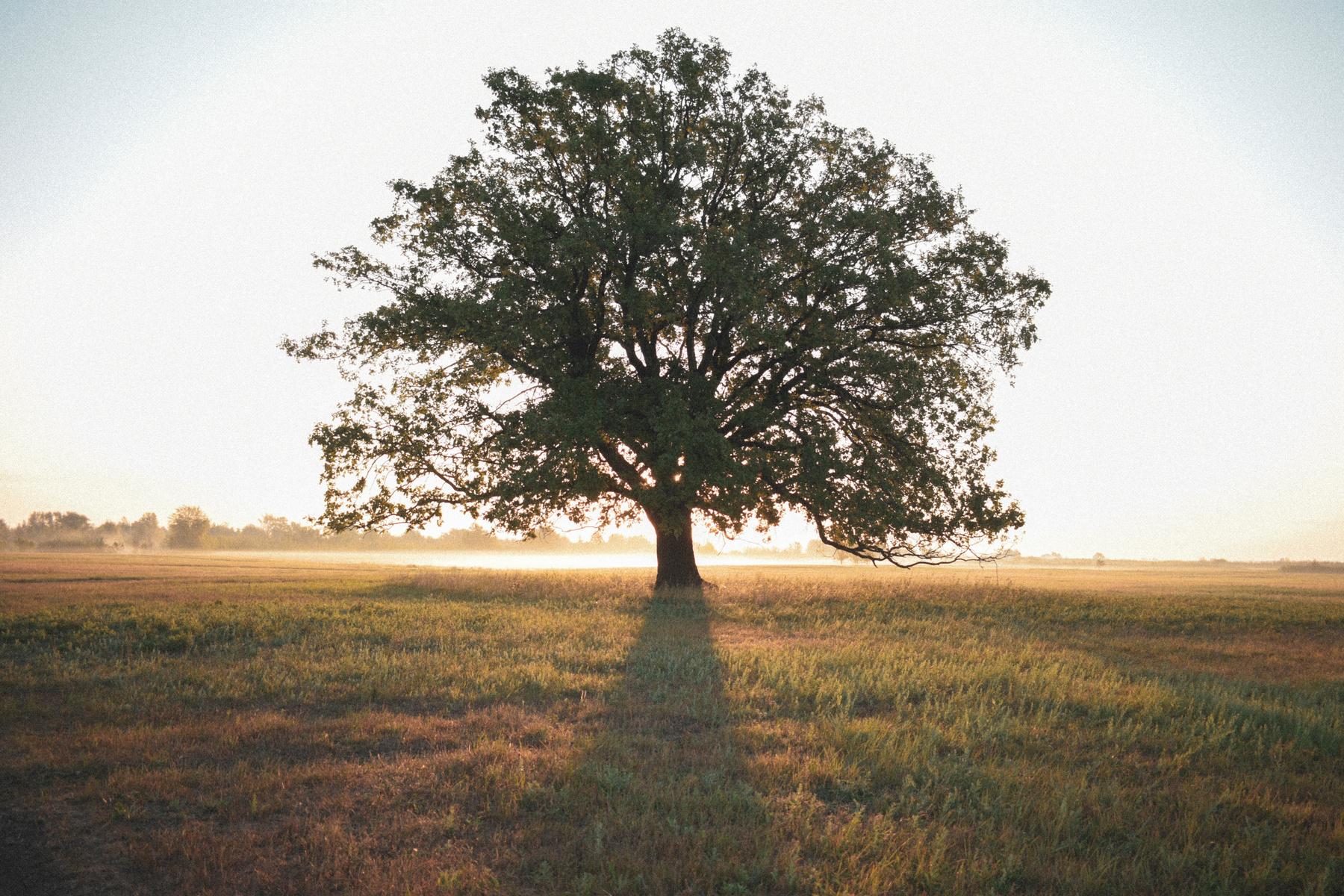
The activities VU students and staff took part in along with information about the various initiatives, what we did and what was achieved.
Background about the importance of reframing waste in the food system as a resource.
Tools and templates used as the basis of core activities Note: some tools and templates referenced were created by industry partner STREAT and are thus housed at relevant online locations as indicated

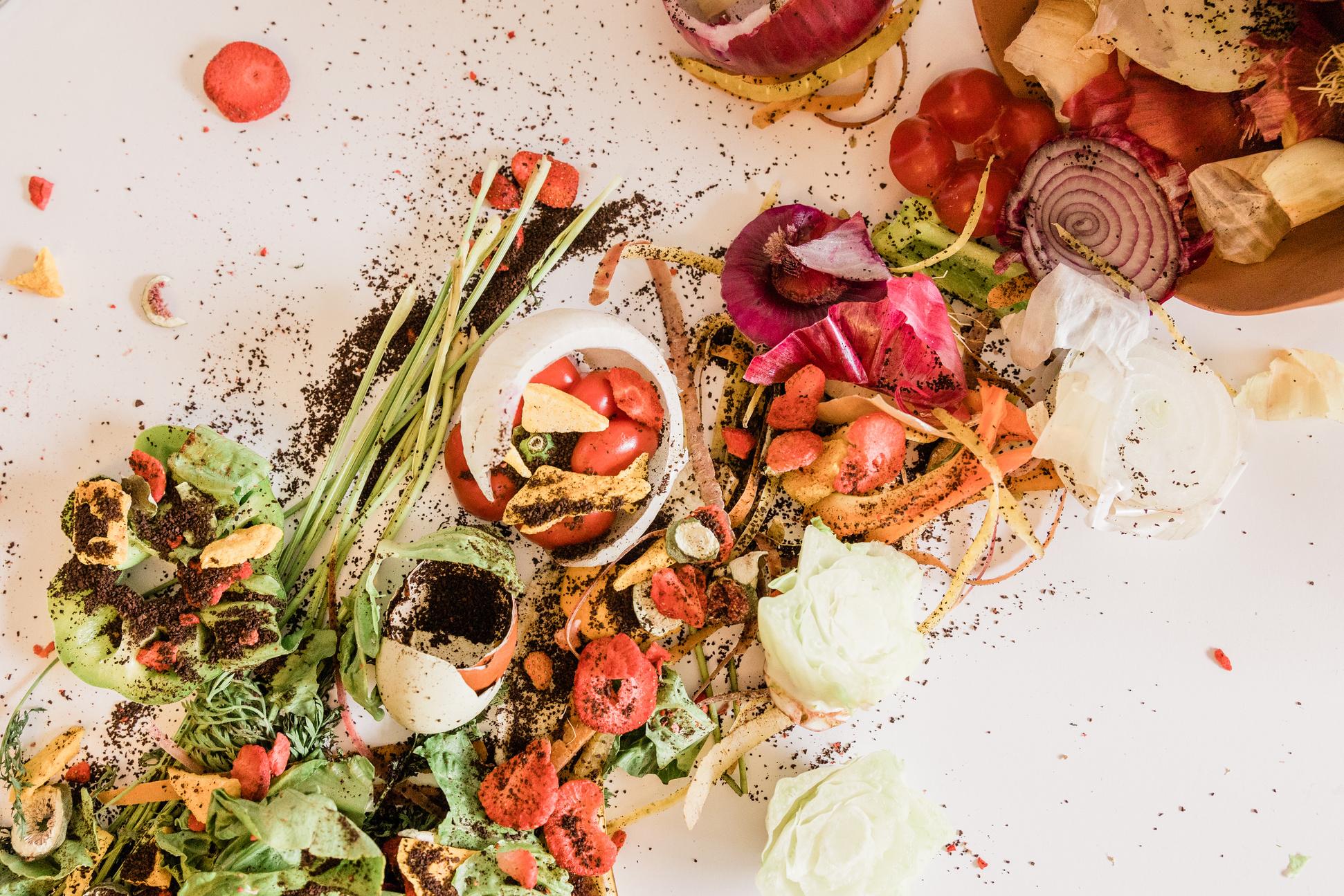
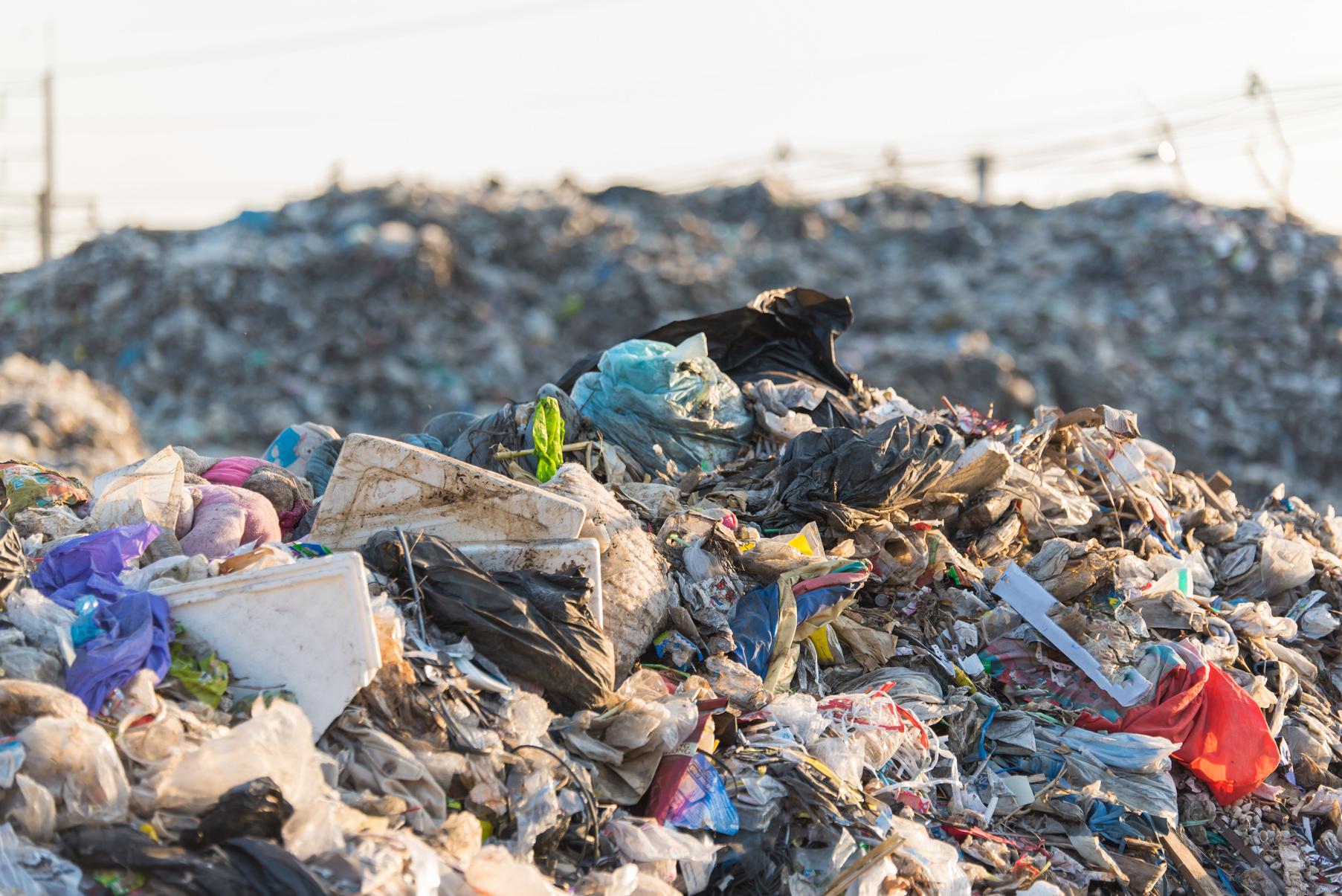
The food waste ecosystem is a fertile starting point for the Regenerative City Living Lab with the potential for high impact results For context, it would be good to say here are some interesting facts to chew on but they are quite unpalatable From the macro to the micro we have got huge problems with food waste Worldwide
One third of the world’s food is wasted. If food waste was a country, it would be the third largest greenhouse gas emitter, behind the USA and China 25% of water used in agriculture is used to grow food that is wasted throwing away one beef burger wastes the same amount of water as a 90 minute shower! While its vegetarian cousin is certainly better water wise, chuck out an Impossible burger and it still equates to a 23 minute shower!
Food waste produces 8% of global greenhouse gas emissions. Food in landfill converts to methane, one of the worst greenhouse gases.
The average person doesn’t reliably know whatgoesintowhichrecyclingbin
Despite plastics being recyclable the majority also need virgin plastic made from oil to be added to them to make into new products

The average City of Melbourne food business’s landfill bin contains 34% food waste. Thrown out food from Melbourne’s food businesses could be feeding over 70,000 people a year.
To add to these problems and figures, is the fact that most people are unaware of the enormity of our food waste problem
Sources of figures above: Sustainability Victoria, Fight food Waste Cooperative Research Centre, City of Melbourne, Department of Agriculture, Water and the Environment and the World Economic ForumWhat was our aim and approach?

Considering food waste and the current broken Considering food waste and the current broken food system there are significant opportunities to: food system there are significant opportunities to: Eliminate or reduce food waste
Divert food stream waste from landfill to be composted or used elsewhere
Identify how food waste could be used at a higher value, for example, considering a plant like nettles in the following hierarchy: compost>plant fertilizer>human food>a saleable product that the profits can go to
Shorten the food chain to reduce carbon footprints through growing and cooking locally
What did we do?

Students from Victoria University (VU) were invited to participate in the Design Sprint and 10 to 20 students took up the challenge at various stages Students went through a guided four week Design Thinking Sprint led by STREAT and partner MAKE Studios For more on the recruitment process see Regen Toolkit 01
The challenge was to “Divert and Convert” from landfill to creating a regenerative resource or “Zero waste food” giving food scraps a new lease on life”
Students were asked to consider how they could help VU Footscray Campus community members take action to divert food waste from landfill and instead ensure it is used in regenerative ways such as placing it in compost.

A project about creating circular food waste products led by STREAT and funded by Sustainability Victoria

Two VU students were invited to shadow the Open Sauce project team members to learn from an in progress, leading edge project dealing with food stream waste. Student engagement was across two topic areas:
Baselining the food waste stream and value chain that is to take stock of the current circumstance across participating food system social enterprises and identifying ways to potentially share resources across organisations
Turning waste into treasure, ideating products that could be created from food stream waste materials both food and non food For more on ideation , the process of generating ideas, see Regen Toolkit 03 Examples included exploring food products made from parts of the fruit or vegetable that would often be thrown away or products made from sturdy bulk food packaging that restaurants and cafes go through in high volumes or kits made from packaging or plastic milk containers such as lunchboxes

VU students were invited to take part in a four week Design Thinking design sprint to tackle challenge areas related to planetary health, led by STREAT, MAKE Studios and VU. Initially planned to be a face to face one day hackathon, COVID lockdowns prevented an in person event to be possible
Instead, a four week guided online sprint was carried out. Students self selected into teams of 2 4 according to the challenge area they were interested in. All sessions were carried out online using Zoom (including breakout rooms to be able to work in smaller and larger groups as appropriate) and online digital whiteboard, Miro


Students were given an introduction to Design Thinking and guided through an innovation process comprising:
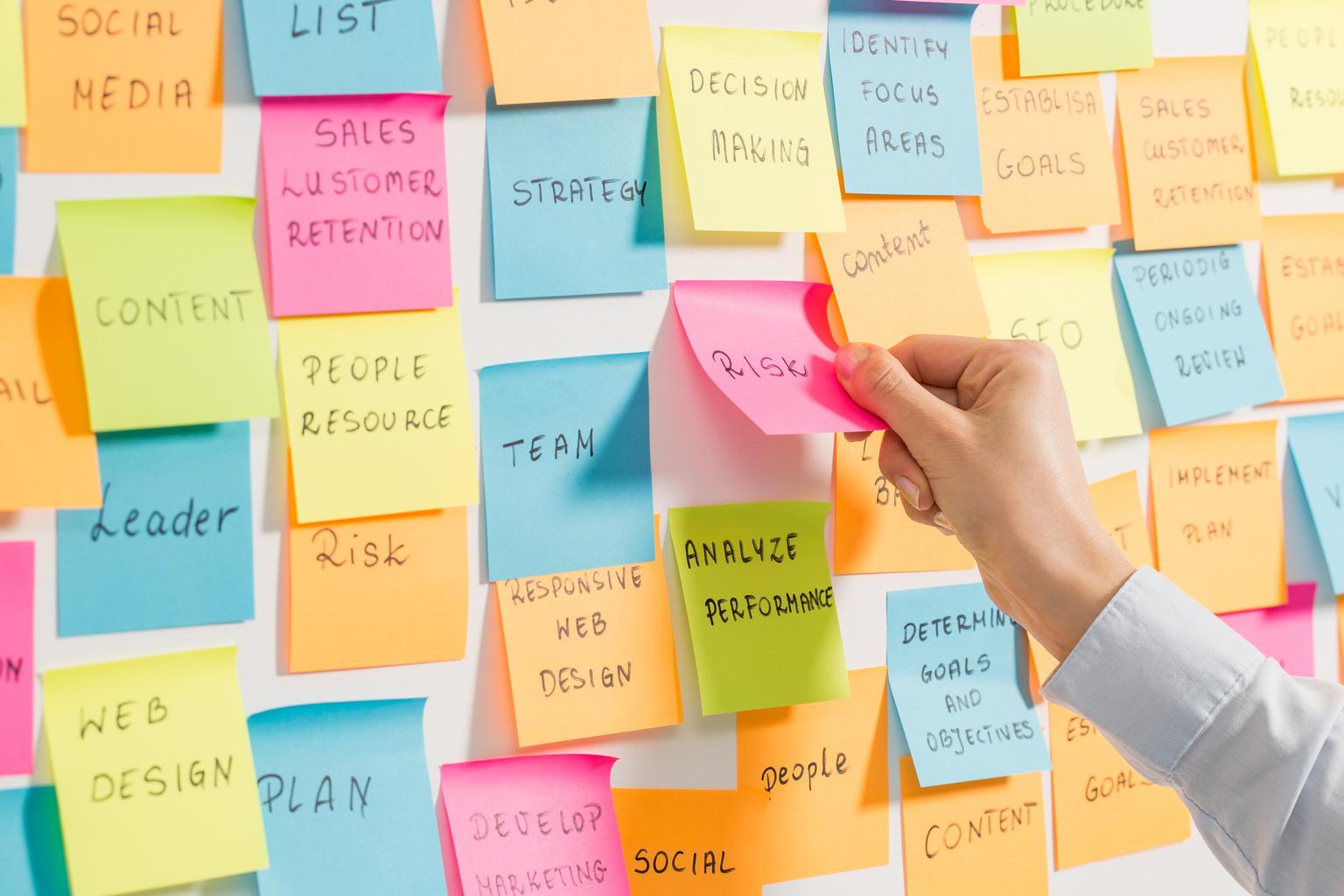


The students had to identify the target user groups they would like to solve for by creating stakeholder maps The example provided is of one team’s stakeholder map for their target user group
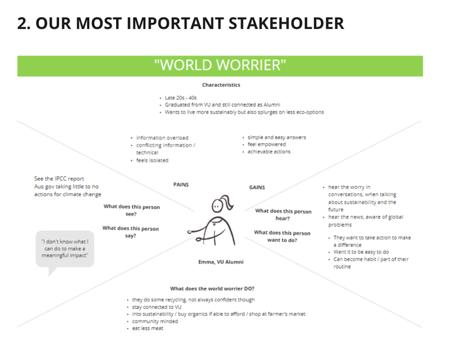


Starting with simple rapid ideation activities such as Crazy 8s and Design Ts and then designing more tangible prototypes to be tested. For more on ideation and prototyping see Regen Toolkit 03 or below in the Open Sauce project.
 Images: Above, example of early stage prototypes; Below, later stage prototype
Images: Above, example of early stage prototypes; Below, later stage prototype
Activities students engaged in ranged from conducting surveys and interviews to observations and learning more about VU campus infrastructure to understand how viable and feasible their ideas were as well as how desirable they might be. This also included testing prototypes. For more on conducting research see Regen Toolkit 05.

Students synthesised the research findings and iterative ideas. Synthesis is the act of pulling together a range of components to create a whole. The below image is an example of synthesising in Miro.
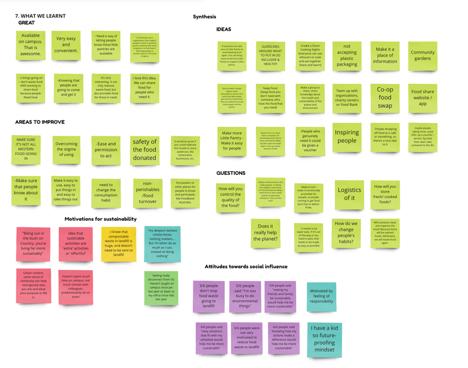
The four week sprint culminated in a pitch session where teams pitched their ideas to guest judges.
Example challenge ideas prototyped included:
A community pantry An online “divert and convert” community Zero waste online interactive resources A sustainability / regeneration club the winning idea that has now been taken forward and implemented

The VURC began developing the program by reverse engineering from the capabilities they wanted participating students to gain from completing the course.
Initially a survey was sent out to over 100 staff and students to ascertain a general level of understanding on regenerative practices and eco action. The VURC hoped that the survey responses would give them a baseline to begin building their lessons The survey results showed a great interest from the VU community to become more enlightened on what personal actions they could make towards a more regenerative future There was also a desire for the course to be officially recognised on student participant's academic transcript, which would also hopefully lead to a greater commitment in completion from the participants
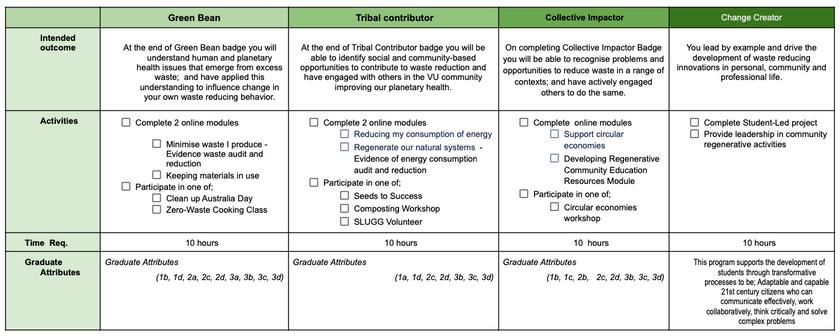
The team built a detailed framework which broke down the outcomes, activities and measurement of each level and topic in the course A great addition to the framework was the concept of a feedback loop where participants had to demonstrate that they had passed on learnings to their wider personal, work or university communities This addition was hoped to become a hurdle requirement
When the development of individual teaching plans began the time constraints on the team was felt more keenly. Two thirds of the VURC consisted of mature age students with considerable external work and family commitments. The ability to meet consistently became more and more challenging and when met with the realisation of how much more commitment the running of the classes would require the group disbanded.
The Design Sprints were a terrific short, and sharp inititative to raise awareness of the Regenerative City Living Lab project across the VU community. It was also a great program to get the necessary conversations and initiatives started A great deal of foundational work was conducted and there is an opportunity for other VU students to pick up where they left off and complete the vision of a Regenerative Collective
Virginia and Al: The VU Sustainability Collective (VUSC) is a student led project that is creating a transformative sustainability development program for VU Students The program is designed to develop VU graduates with an understanding of sustainable and regenerative practises, equip and enable them with resources and tools to take individual action and contribute to positive collective impact
In alignment with the VU Strategic Plan 2022 2028, this program aims to enact Victoria University’s commitment to improve the health and wellbeing of our local and global communities, and the planet that we share VUCS is anticipated to be a free, interactive and engaging sustainability program for current VU students commencing Semester One, Block 1 2022 Once students have completed the requirements, the Sustainable Graduate Program will be included on a student's VU Extra Transcript
Virginia: the opportunity to partake in evidence based collaborative design thinking processes as well as gaining a sense of belonging to a group devoted to social and ecological change
Al: Make the change we want to see in the world We are privileged And I think this means that if we can recognise issues, we also have a responsibility to give back to the world And how to do that? Truth, I’m learning Engaging in different groups and opportunities gives insight to know how to apply our own skills in more effective ways And then we can take action in doing what we can, even just a step (or a stumble) in a direction that enriches the world around us.
Virgina: The chance to contribute to a group that is genuinely committed to creating lasting systemic resilience in the local and VU community inspired me to take action.
Al: I was inspired by learning more about how to make change, and how people can come together to create change collectively What can be done and what can I contribute to that process? Sustainable living is so important; we have been conditioned to live at a pace that consumes In the course we took time to have a good old look at that honestly
Could you briefly describe your regenerative project?

Students were presented with an opportunity to shadow and learn from a multi disciplinary team in an exciting circular project, Open Sauce.
In response to an inequitable food system, and catalysed by the COVID pandemic, a group of food social enterprises formed to create a collective with the goal to build a fair, regenerative and connected food system. The formation of this collective, Moving Feast, kickstarted a number of initiatives from providing food relief to training young people facing disadvantage. Please see the Moving Feast website for more information.
One of Moving Feast’s most exciting projects is Open Sauce. Supported by the Victorian Government’s Recycling Victoria Innovation Fund as part of the Circular Economy Business Innovation Centre (CEBIC) and working with 12 Moving Feast collective partners, the Open Sauce project spans: auditing and mapping supply & value chains, waste, assets, skills; creating new circular product ideas; creating retail opportunities; and open innovation with workshops and student engagement. The two subsequent pages outline the project topic areas.

Topic areas 1 and 2 are part of a project called "Open Sauce"
Open Sauce is an open innovation project run across a network of Victoria's leading food social enterprises to ensure precious produce and by products are tasted not wasted The project will map supply chains and waste streams across the network and invite VU students and members of the public to work alongside environmentalists, chefs and product developers to create a delicious range of new circular products for retail in Victoria This project is at the nexus of People and Planet and will engage the public around food waste, train and employ some of the state's most marginalised communities in food development and production, and also help local food social enterprises achieve zero organics to landfill
Topic areas 1 and 2 are of particular importance because:
1/3 of the world’s food is wasted and produces 8% of global greenhouse gas emissions.
If food waste was a country, it would be the third largest greenhouse gas emitter, behind the USA and China. Closer to home, more than one third of the average garbage bin from food businesses and households is food waste.
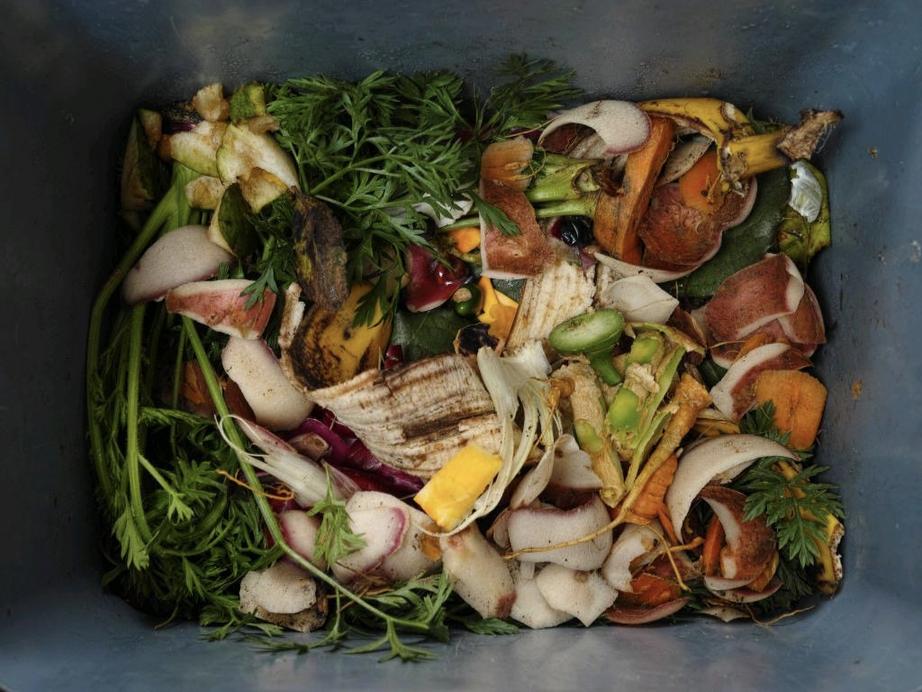
Our food system social enterprises have a huge opportunity to create beacon proof points on how we can re think and reframe waste as a powerful, regenerative resource.
VU students have an opportunity to contribute directly to this project and also to take what they learn back to the Regenerative City project and VU
Work to support a baseline waste audit and supply chain mapping and then identify and test areas of impact that will help the Open Sauce system and Vic Uni go "deeper shades of green"

TOPIC AREA 1 focusses on baselining waste streams and identifying opportunities to consider and test ways to eliminate, reduce and reuse waste There will be opportunities for VU placement students to:
Work with STREAT and their partners to support conducting a food and beverage waste audit and map supply chains and waste from farms, markets, kitchens and production facilities (over 100 tonnes of waste)
Identify areas of priority impact in the audit. This could include: identifying "waste" that could be given a new lease of life supply chain interventions a range of behavioural interventions tested with project participants to reduce food waste at home and work considering demand driven growing to reduce over production of food Take part in open innovation activities to help eliminate waste across the whole system
Identify how a mapping/auditing process and behaviour interventions could be adapted and used at VU's Footscray campus and beyond
As described earlier (see pg 3), Topics 1 and 2 are part of Open Sauce, an open innovation project run across a network of Victoria's leading food social enterprises to ensure precious produce and by products are tasted not wasted The focus for Topic 1 is setting the foundations by measuring and auditing waste streams then identifying priority areas to reduce and repurpose waste In contrast, Topic 2 focuses on working alongside environmentalists, chefs, product developers and content designers to contribute to creating a delicious range of new circular products as well as educational materials and workshops to engage the community including VU students and young people in the west
The food and beverage waste from social enterprise farms, markets and kitchens and production facilities amounts to over 100 tonnes of waste including:

By products of food and beverage production processes including coffee grounds and husks, bakery goods, kitchen food scraps. Unsold farmers market produce & B grade produce destined for composting. B grade produce from social enterprise farms and gardens.
While food technologists and product designers will take the lead in converting waste into delicious new products, you will help them by taking part in open innovation activities that seek to understand prospective end customers, what their needs are and how the new products can be packaged in a meaningful way that inspires behaviour change You may also work towards community engagement and education (for customers, hospitality staff, universities) creating workshops and learning materials
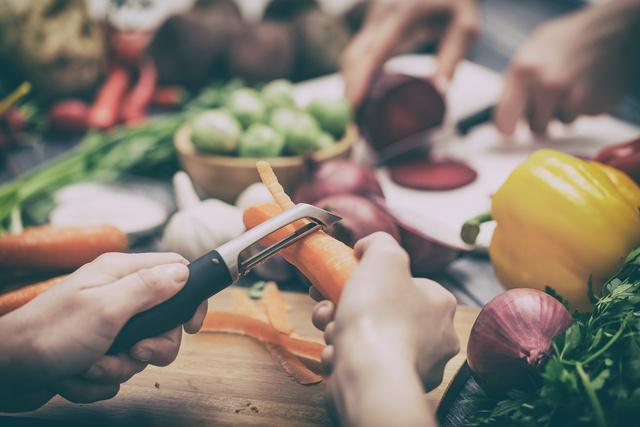
Contribute to create delicious circular economy products and engaging educational materials that support a circular economy and engage a range of people connected to our industry partner and young people in the west
Topic Area 2 focusses on opportunities for VU placement students to:
Work with STREAT and our partners in an open innovation process to identify who the beneficiaries of zero waste produce could be, and what their needs are. Contribute to creating edible products from jams and preserves to dog biscuits from food scraps through supporting food technologists testing products with target user groups. Be involved in the marketing process Embed storytelling, education and behaviour change into new products
Develop a range of resources and workshops for eliminating household, university precinct and cafe food waste, to take climate action and to have agency in fighting climate change Contribute to creating an "atomic design" knowledge base of open source educational content from labels to activism workshops
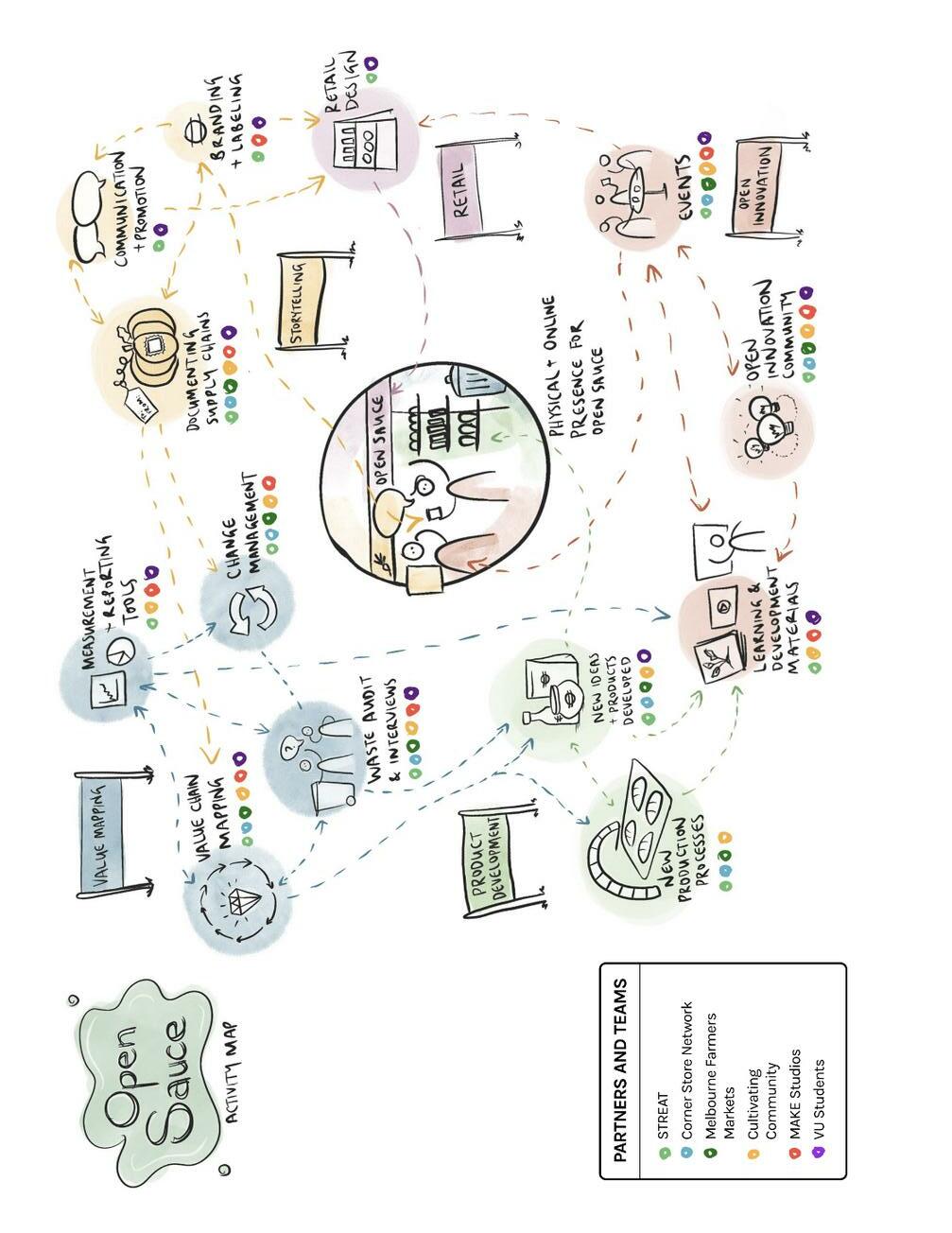
To get the project rolling, students conducted interviews with eight food system social enterprises taking part in the Open Sauce project to understand logistics, waste estimates and “why” various items were in the food waste streams, elements of each partner’s supply chain, resources and logistics.
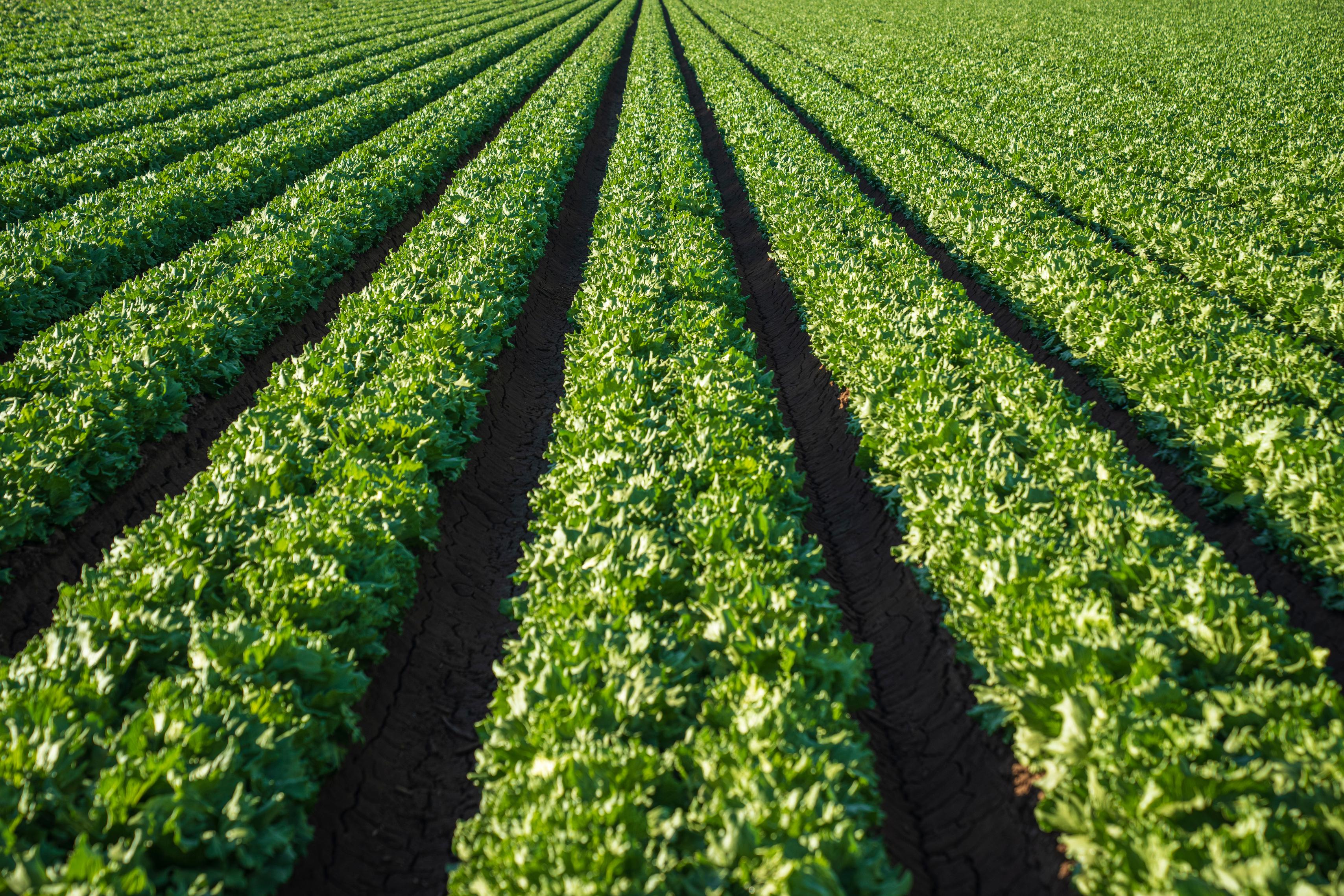
For more on interviews see Regen Toolkit 05

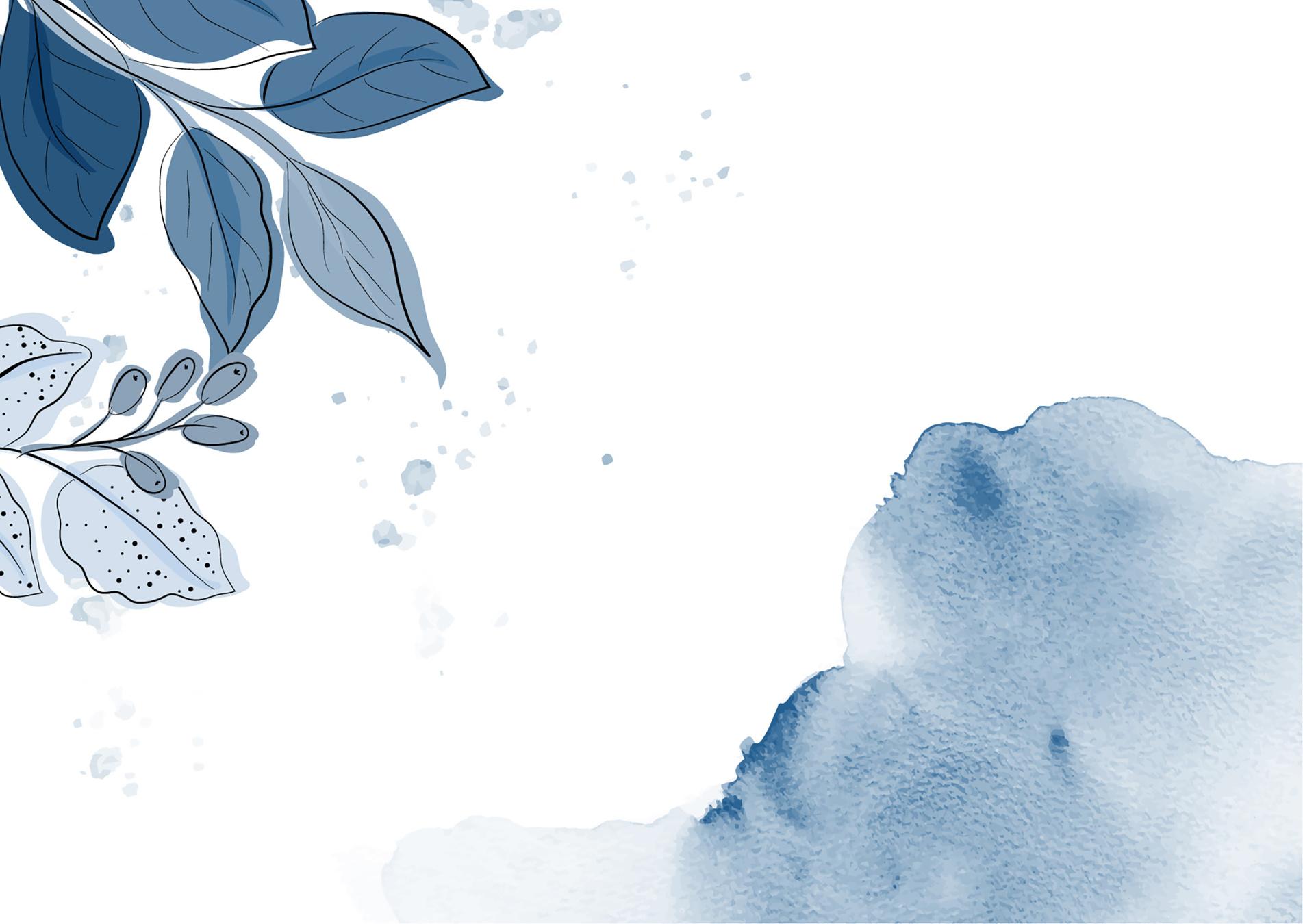
Cultivating Community, a community organisation, led the formulation of a robust and detailed waste audit process that involved emptying waste bins (general waste, recycling etc.), sorting, weighing and recording waste stream items. They also led waste audits at partner sites which were hampered by lockdowns but ultimately achieved.
Students were able to experience waste audits and were involved in team meetings where the waste audit details were discussed and decided. MAKE Studios then created a simplified and visually engaging version of the waste audit and an accompanying guide that is available for use by food system businesses and members of the public. This resource can be accessed at the Moving Feast website.


Ideation and contribution to a database of circular product ideas that could potentially be created from waste products at partner sites, More can be found at the Moving Feast, Open Sauce website For more on ideation see Regen Toolkit 03.
Deep synthesis sessions, led by MAKE Studios and STREAT. This involved a ground up, affinity diagramming approach to identify common themes across partners and their operations including opportunities to share, upcycle and re use waste as a circular product An overview of how a synthesis process works can be found here
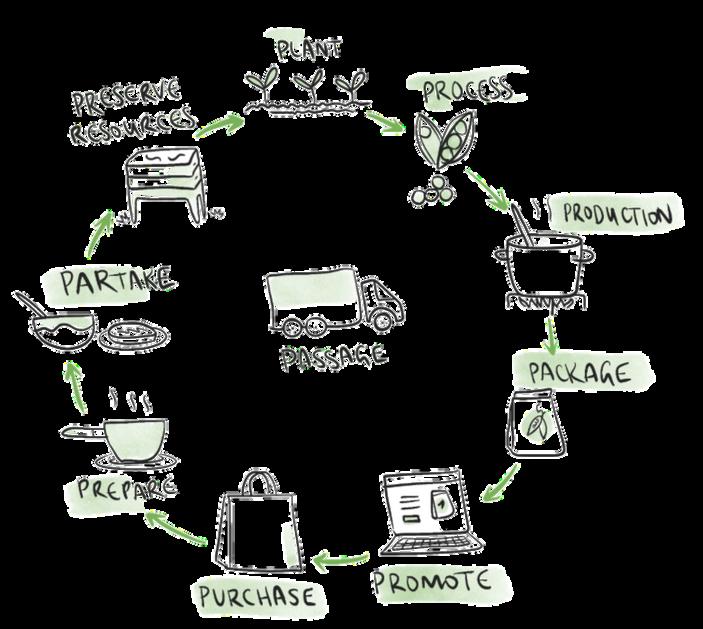
Deep synthesis sessions, led by MAKE Studios and STREAT. This involved a ground up, affinity diagramming approach to identify common themes across partners and their operations including opportunities to share, upcycle and re use waste as a circular product An overview of how a synthesis process works can be found here.

Glutwatch involved participation in two events These events are engagement activities that tell a story of food waste or how to use products in excess or plentiful, including carving pineapples instead of pumpkins for Halloween when pineapples were in a glut in 2021 For more ideas see the Moving Feast, Open Sauce website.

Participants took part in STREAT and MAKE Studios Melbourne Knowledge Week circular design event where participants ideated, created and tested circular product prototypes from non food elements of the waste stream at STREAT.

What did we find?
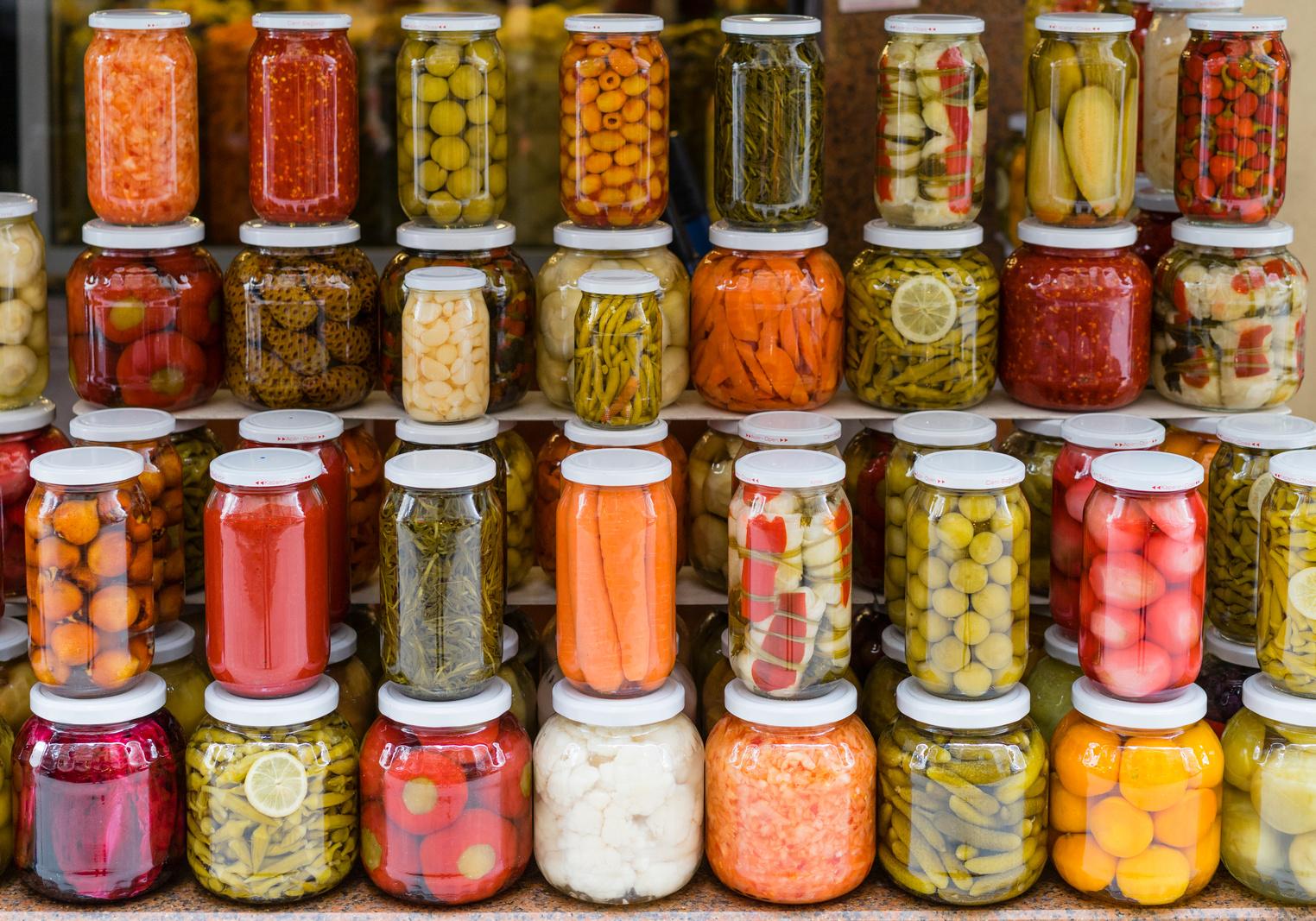
Each person has a part to play. The people who engaged in the above projects chose to participate, and through their participation, change followed Small changes are not to be dismissed as it is sometimes the unplanned that can lead to an amazing change. For instance, for how many other people have the above projects left a mark? When we think of the challenges the planet faces, they might seem insurmountable to overcome. Such problems are too large for one person to solve. The current climate crisis is too much for even a group of people to solve, just ask the United Nations, but if everyone participates in addressing the problem in their place (see Regen Toolkit 02), we can meet the challenge. These projects engage people to better understand the current ecological and social challenges of today, prepare them to take action, and lead the way for others.
